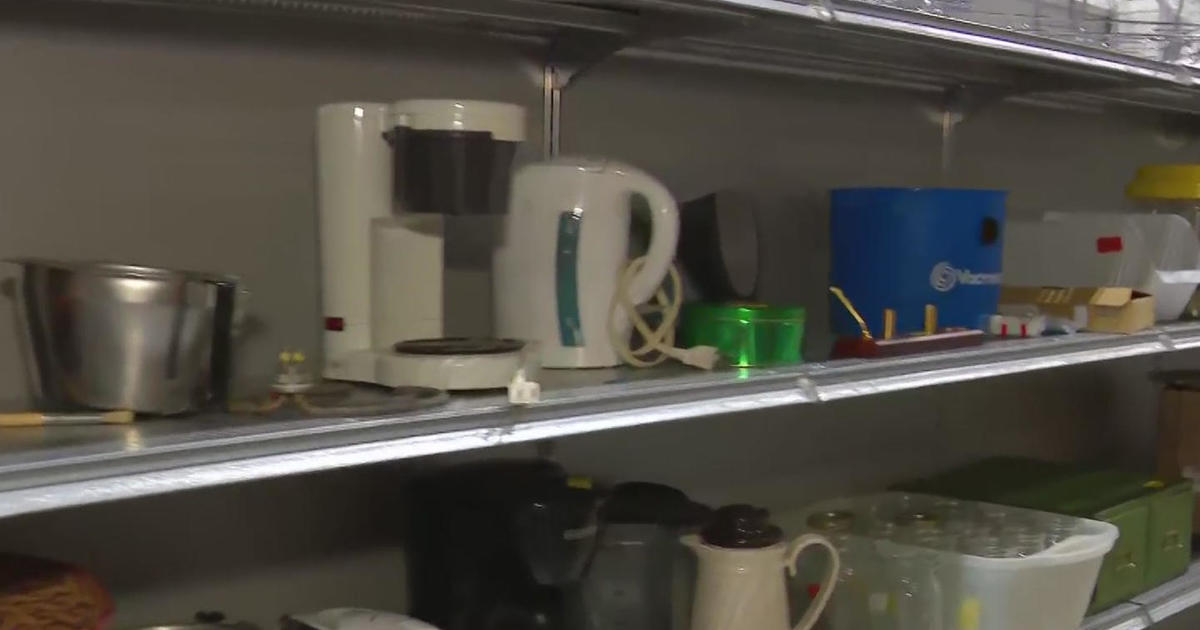Minnesota's Snowy Owl Influx May Not Be A Good Sign
MINNEAPOLIS (WCCO) -- We are seeing an eruption of snowy owls in Minnesota.
The birds spend most of their time in the Arctic and Northern Canada. But about once a decade, when their food source gets low, they fly south to northern Minnesota.
"They're very, very striking, very dramatic to see," Dr. Julia Ponder, of the Raptor Center at the University of Minnesota, said.
And before the snow falls, the birds are hard to miss. Some of the owls are nearly pure white, and every so often they make their way to our state.
"About every seven to ten years, large numbers of them will come down into Minnesota," Ponder said.
But usually they do not fly any further south than Duluth. Seeing them in west central is rare and may be a sign of desperation.
One of the main concerns with the snowy owls is that they fly so far, that by the time they get here they are exhausted and near starvation.
And the young birds also do not recognize the food source. Rodents, like lemmings and voles, do not look the same as they do in the Arctic.
Dr. Ponder says snowy owls become vulnerable in many ways.
"These are birds that come from an area that is not familiar with humans, not familiar with cars. So they may not be as savvy about human interaction," Ponder said. "If they are not starving, they are often hit by cars. They often have traumatic situations."
A snowy owl was brought to the Raptor Center Wednesday afternoon after it was hit by a car in Bemidji. While the survival rate for snowy owls in Minnesota is low, the injured owl suffered minor injuries and will likely survive.
As everyone from birders to biologists start seeing the owls, Dr. Ponder is hoping people will contact the Raptor Center if they come across an injured bird.
"Give the Raptor Center a call, and we will talk with them about what to do, how to get the bird contained," Ponder said. "If it needs help, we'll get it."
Ponder says four snowy owls have been brought to the Raptor Center for various injuries so far this season.
She says it is too early to determine how far south the birds will fly in Minnesota.



